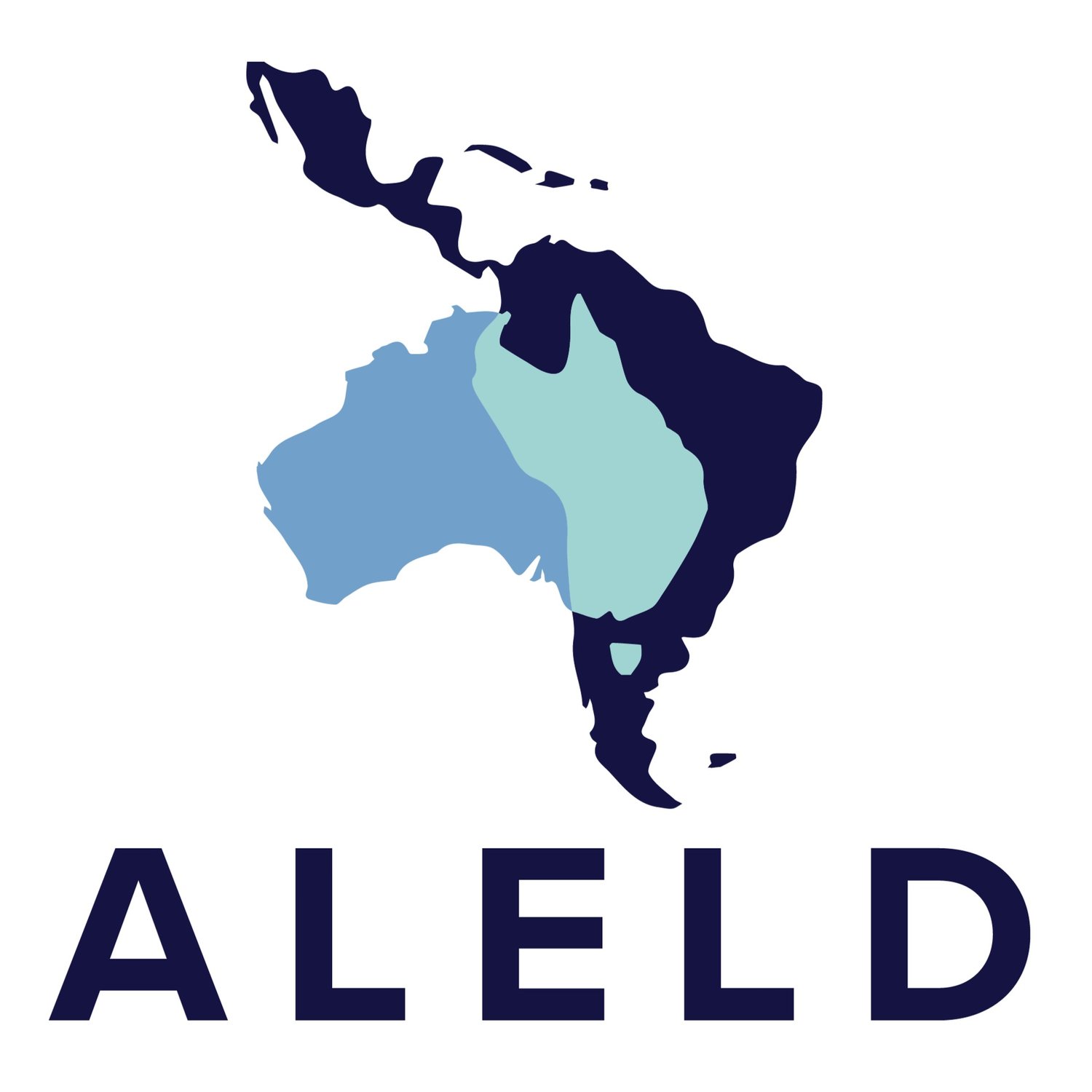Australia and Latin America: A Briefing Note for the first Australian Prime Minister to Visit in 6 years
Meeting between Australia’s Prime Minister Anthony Albanese and Brazil’s President Luiz Inácio Lula da Silva in Japan, 2023. Image Credit: Palácio do Planalto via Wikimedia Commons.
This month, Australian Prime Minister Anthony Albanese will visit not one but two Latin American countries. This will be the first visit of an Australian Prime Minister to Latin America in over half a decade. It will signal the important role that multilateral institutions like APEC, the G20 and COP play in strengthening ties between the regions, which remains peripheral to Australia’s foreign policy.
The Prime Minister will be attending the annual APEC Leaders Meeting in Peru from 10 to 16 of November, followed by the G20 summit in Brazil from 18 to 19 of November. Of the 40 member countries between the two forums, five are from Latin America: Argentina, Brazil, Chile, Mexico, and Peru.
While other Heads of Government sometimes shun multilateral institutions, especially as they become increasingly under strain, Australia’s middle power status means its Prime Minister will reliably show up to these annual meetings. In 2018, the Prime Minister Scott Morrison made his foray onto the international stage and attended the G20 Summit in Buenos Aires (in fact, this was the year ALELD was established following a meeting of the mind at the B20). Prior to this, Julia Gillard was the last Prime Minister to visit the region, attending the G20 summit in Mexico and the United Nations Conference on Sustainable Development in Brazil in 2012.
The G20 Summit in Argentina 2018. Image Credit: Cancillería Argentina via Wikimedia Commons.
The difference in 2024 is that Australia has a strategic opportunity to meet its own agenda in Brazil.
Australia has bid to host COP31 in 2026, on behalf of the Western European and Other Group in partnership with the Pacific, which is part of the Asia Group. This means two things for the Prime Minister at this year's COP. The first is shoring up Australia’s position as host for COP31. The second is signalling its continued commitment to the Pacific, which is central to Australia’s foreign policy agenda.
While these two things are important, here are five things we want to see the Prime Minister’s Office include in his brief that he could progress while in Peru and Brazil.
Connectivity: There needs to be greater connectivity between the two regions. There is a lack of direct flights between major airport hubs in Australia and South America. Building greater connectivity would address the lack of understanding of the region and facilitate dispelling inaccurate stereotypes. With more flights between the region, Australia has the potential to become a gateway hub between Latin America and South America as well as South America and Asia.
Trade: Australia should diversify its trade relations by aligning business partnerships with Latin America's economic priorities, focusing on sectors such as desalination, renewable energy, transport infrastructure, mining safety, and battery storage, while fostering people-to-people connections and education to overcome barriers. Increased business partnerships between the regions may also help to promote positive perceptions of Latin Americans in Australia.
Sports Diplomacy: Sport, football (or soccer) in particular, is a clever tool for diplomacy and can build strong connections between Australians and Latin Americans. Australia could leverage Brazil’s hosting of the 2027 FIFA Women’s World Cup to facilitate cross-regional collaborations, as a way of promoting the region in Australia through its globally leading fan base.
Empowering First Nations Peoples: Indigenous Peoples in Australia and Latin America face similar challenges, including economic barriers. First Nations-led business developments can lead to self-determination for Indigenous peoples and their communities. This creates economic opportunities rooted in cultural integrity, community empowerment, and sustainable development. Incorporating Indigenous perspectives and leadership into business decision-making processes not only promotes economic growth but also preserves and revitalises cultural heritage. There is potential for cross-culture collaboration for Indigenous cultures across the regions.
Sustainable Energy: To optimise the energy transition, Latin America and Australia should deepen their collaboration on renewable energy technologies and critical minerals, leveraging their existing trading partnership. Joint investments in infrastructure and technology sharing, such as the development of electric public transportation, will enhance both countries' capacities to achieve a sustainable energy future.
ALELD hopes that the Prime Minister will leverage not only the opportunity to strengthen Australia’s existing relationships with Peru and Brazil, but to promote these suggestions to other Latin American member states, laying the foundation for a new era of Australia-Latam relations. We also invite the Prime Minister to draw on ALELD’s expertise in the region - we are always ready to sit down over a morning mate or an evening malbec to support Australia’s strategy for Latin America.


